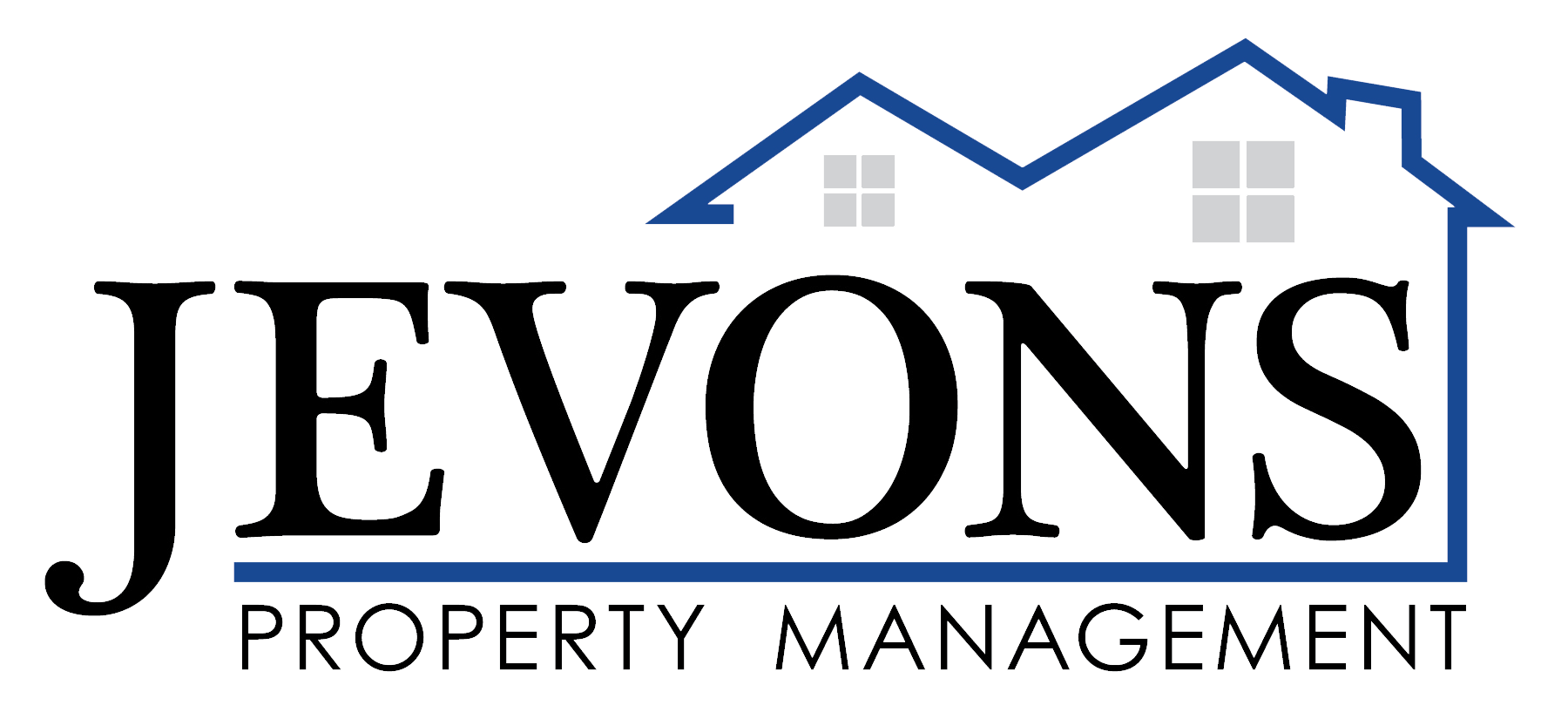How to become financially free with rental properties.

Becoming financially free with rental properties can be achieved through a combination of smart investments, savvy financial management, and a long-term strategy. Some key steps to consider include:
- Researching and identifying profitable markets for rental properties: Focus on areas where demand is high and vacancy rates are low. Analyze market trends, job growth, economic indicators, and local amenities. Utilize online tools, attend local real estate meetups, and consult with local agents to understand market dynamics.
- Investing in properties that are in good condition: Look for properties with positive cash flow and potential for appreciation. Evaluate the location, condition, and rental income potential. Conduct thorough inspections and hire professionals to assess property conditions. Choose neighborhoods with low crime rates, good amenities, and proximity to public transportation.
- Managing your properties effectively: Find reliable tenants by conducting thorough background checks, credit checks, and verifying employment and rental history. Set fair rent prices based on market rates to attract quality tenants and maximize rental income. Regular maintenance and timely repairs help preserve property value and tenant satisfaction, reducing vacancy rates and turnover costs.
- Building a diverse portfolio of properties: Avoid reliance on any single property or market by diversifying your investments. Acquire properties in different locations and types, such as single-family homes, multi-family units, and commercial properties. This approach mitigates risks associated with market fluctuations and property-specific issues, providing a stable income stream and increasing potential for capital appreciation.
- Being strategic with your finances: Use leverage, such as mortgages, to purchase additional properties and reinvest profits back into your rental properties to grow your portfolio. Leverage allows you to acquire more properties with less upfront capital, amplifying returns. Manage debt responsibly and maintain a healthy cash reserve for unexpected expenses. Reinvest profits into property improvements and acquisitions to accelerate portfolio growth and enhance long-term returns.
- Being patient: Building a successful rental property portfolio takes time, and it may take several years before you see significant returns on your investment. Real estate investing is a long-term endeavor that requires persistence and strategic planning. Set realistic goals, develop a clear investment strategy, and stay committed to your plan. Over time, your portfolio will grow, and the compounding effect of reinvested profits will yield substantial financial freedom.
- Continuously educating yourself: Stay updated on real estate market trends, laws, and developments. Attend real estate seminars, read industry publications, and network with other investors. Continuous learning helps you adapt to changing market conditions and capitalize on new opportunities, making better decisions and improving your returns.
- Consulting with professionals: Seek advice from financial advisors, accountants, lawyers, and property managers to make informed decisions. These experts provide valuable insights on financial planning, tax strategies, legal matters, and property management. Their expertise ensures you navigate the complexities of real estate investing effectively and optimize your investment returns.
By following these steps and maintaining a disciplined approach, you can build a successful rental property portfolio that generates steady income and leads to financial freedom.








